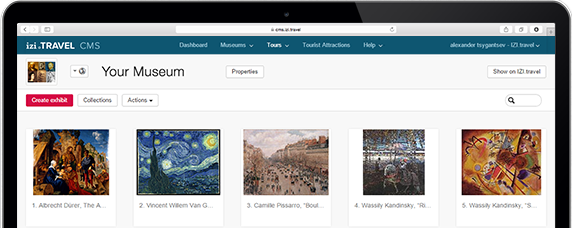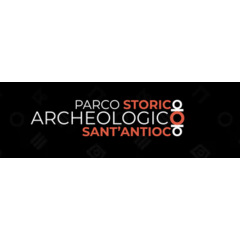Museo The Hypogean Village
- Download the applinks
- iOS
- Android
- Windows Phone
Info museo
Riguardo il museo
The name Villaggio Ipogèo means “underground village,” but this name was given to the area only recently. In Sant’Antioco, in fact, the area is better known by the name "S’arruga de is gruttas" the street of the caves.
These are hypogean tombs carved into the tuff by the Punics between the fourth and third centuries BC, in an area covering about ten hectares, where around fifteen hundred tombs were excavated. Each tomb has two main parts: the access corridor, called the dromos, used to descend to the level of the tomb, and a chamber used for the burial of the deceased and their grave goods.
The typical shape of the tomb is rectangular, often divided in the center by a partition wall. Along the sides, niches were carved to store the objects belonging to the funerary set. With the end of Punic rule, many hypogea were abandoned; others were reused during the Roman period, and still others were transformed into catacombs by the first Christians. These latter can be visited beneath the Basilica of Saint Antioco Martyr.
During the Middle Ages, the inhabitants of ancient Sulci, due to continuous Saracen attacks, abandoned the island, giving rise to new villages that still exist today: Palmas, Tratalìas, Giba, and others.
The island remained uninhabited for several centuries, and only once a year many pilgrims came from all over Sardinia to honor Saint Antioco, the island’s Patron Saint.
In the eighteenth century, after the discovery of the Saint’s remains beneath the Basilica, the Church began to grant the island’s fertile lands to anyone brave enough to move there and live. During that time, pirate raids were still frequent. Perhaps to hide during these attacks, or because they had no safer place to live, around the mid-eighteenth century some of the new settlers opened the hypogea, emptied them, and reused them as homes, calling them “caves.”
Warm in winter and cool in summer, the caves housed large families. The central partition divided the chamber into two rooms: one for the parents and one for the children. The bed was a mat made of cattail or a mattress stuffed with dry asphodel leaves.
Pianifica la visita


- 18, Via Necropoli, Sant'Antioco, Sulcis Iglesiente, Sardegna, 09017, Italia
-
- Oggi:
- 09:00 - 17:00
- Lun
- 9:00 - 19:00
- Mar
- 9:00 - 19:00
- Mer
- 9:00 - 19:00
- Gio
- 9:00 - 19:00
- Ven
- 9:00 - 19:00
- Sab
- 9:00 - 19:00
- Dom
- 9:00 - 19:00
Opere
Collezione artistica con audio
Recensioni
Scarica l'app gratuita izi.TRAVEL
Crea i tuoi audio tour!
L'uso del sistema e l'app di guida per dispositivi mobili sono gratuiti


